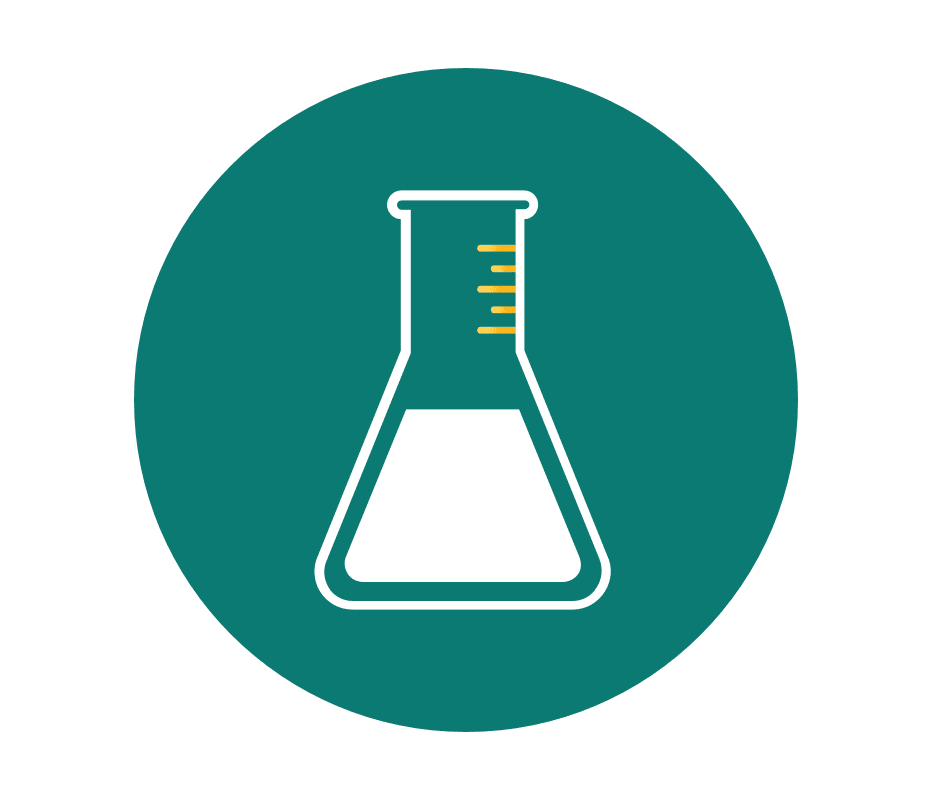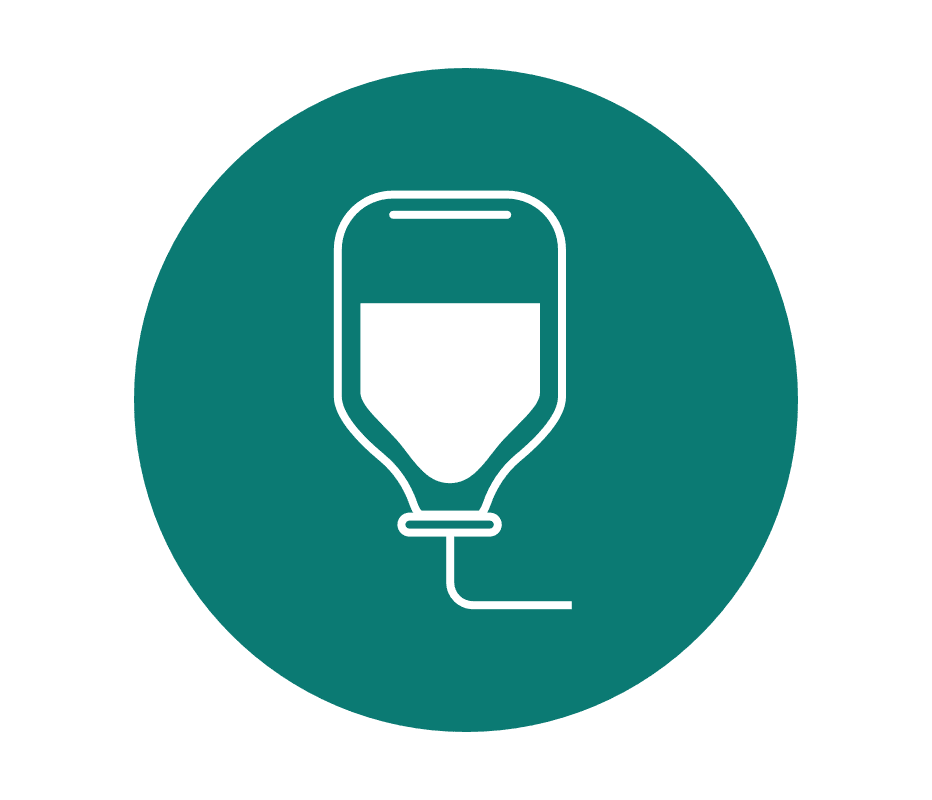Step out of the symptoms of CIDP and back into your life with GAMUNEX-C
CIDP can make you feel trapped in your own body.
GAMUNEX-C works in multiple ways to fight the symptoms
of CIDP and protect your nerves from damage, so you won't be held back.1-3

Voluntary withdrawals of
GAMUNEX-C 10% lots

Why GAMUNEX-C?
GAMUNEX-C is a formulation that blocks the autoimmune and inflammatory processes that cause nerve damage in chronic inflammatory demyelinating polyneuropathy (CIDP).4,5
GAMUNEX-C can help5:
- Improve the symptoms of CIDP
- Prevent further nerve damage
- Reduce the likelihood of relapse

Stories of stepping out
People living with CIDP treated with GAMUNEX-C share their stories.

How it’s given
Learn how GAMUNEX-C is administered and what you can expect during an infusion.

Tools & resources
Explore videos and other resources that may help you before, during, and after treatment with GAMUNEX-C.
Learn more about GAMUNEX-C
CIDP Symptom Questionnaire
Track your CIDP signs and symptoms, and share them with your doctor.
Gamunex Connexions®
Take advantage of the financial assistance and dedicated support offerings from Gamunex Connexions.
CIDP Management
Managing CIDP is important for treatment success and may help prevent the return of symptoms.
Important Safety Information
GAMUNEX®-C (immune globulin injection [human], 10% caprylate/chromatography purified) is approved to treat primary humoral immunodeficiency disease (PIDD) in patients 2 years of age and older. If you have PIDD, you may take GAMUNEX-C under the skin (subcutaneously) or in a vein (intravenously). GAMUNEX-C is also approved to treat idiopathic thrombocytopenic purpura (ITP) in adults and children and chronic inflammatory demyelinating polyneuropathy (CIDP) in adults. If you have ITP or CIDP, you may only take GAMUNEX-C intravenously.
If you take GAMUNEX-C or a similar immune globulin product, you could experience a serious and life-threatening blood clot (thromboembolism), which may include pain and/or swelling of an arm or leg with warmth over the affected area, discoloration of an arm or leg, unexplained shortness of breath, chest pain or discomfort that worsens on deep breathing, unexplained rapid pulse, numbness, or weakness on one side of the body. You are more likely to develop a blood clot if you have a history of hardening of the arteries (atherosclerosis), stroke, heart attack, or heart failure (low volume of blood pumped by the heart). You may also be more likely to get a blood clot if you are elderly, if you have a blood clotting disorder, if you are inactive for long periods of time (such as long bed rest), if you use estrogens, or if you have thickening of your blood. For patients at risk, GAMUNEX-C should be administered at the lowest dose and slowest infusion rate that is practical. However, blood clots may occur in the absence of any of the known risk factors. Patients should be well hydrated by drinking enough water before GAMUNEX-C is administered. Tell your doctor immediately if your medical history is similar to what is described here, and especially if you start having any of these symptoms while taking GAMUNEX-C.
If you take GAMUNEX-C or a similar immune globulin product intravenously, you could experience serious kidney disease and death. You may have symptoms of decreased urination, sudden weight gain, swelling in your legs (edema), or shortness of breath. You are more likely to develop serious kidney disease if you already have a kidney problem, have Type II diabetes mellitus, or are older than 65. You are more likely to develop serious kidney disease if you are dehydrated, have a blood infection (sepsis), have high protein content in your blood, or if you are receiving other medicines that are harmful to your kidneys. Tell your doctor immediately if your medical history is similar to what is described here, and especially if you start having any of these symptoms while taking GAMUNEX-C.
You are more likely to develop serious kidney disease if you take an intravenous immune globulin product that contains sugar (sucrose). GAMUNEX-C does not contain sugar. If your situation makes you more likely to experience serious kidney disease, you should take GAMUNEX-C at the lowest concentration available and the slowest infusion rate that is practical.
Do not take GAMUNEX-C if you have an allergy to immune globulin. Tell your doctor if you have had a serious reaction to other medicines that contain human immune globulin. Also tell your doctor if you have immunoglobulin A (IgA) deficiency. If you have a serious reaction while taking GAMUNEX-C, stop taking it immediately and tell your doctor.
Periodic monitoring of kidney function and urine output is particularly important in patients more likely to experience severe kidney disease.
You could experience other serious and life-threatening problems due to immune globulin. You could get aseptic meningitis (a type of brain inflammation with symptoms of severe headache, stiff neck, fatigue, fever, sensitivity to light, painful eye movements, nausea, and vomiting), a blood problem called hemolytic anemia (common symptoms include increased heart rate, fatigue, yellow skin or eyes, and dark-colored urine), and/or a lung problem called transfusion-related acute lung injury (commonly referred to as TRALI). TRALI is a condition where you build up fluid in the lungs (called pulmonary edema) that is not the result of heart failure.
If you have higher than normal body fluid volumes or if you have a condition where increasing body fluid volume may be a concern, a higher dose, such as 1g/kg for 1-2 days, is not recommended.
Because GAMUNEX-C is made from human blood, it may carry a risk of transmitting infectious agents such as viruses, the variant Creutzfeldt-Jakob disease (vCJD) agent, and, theoretically, the Creutzfeldt-Jakob disease (CJD) agent.
You may not take GAMUNEX-C subcutaneously if you have ITP. If you have ITP and take GAMUNEX-C subcutaneously, you could experience a very serious and life-threatening black and blue wound (hematoma, which is a pocket of blood within a tissue).
After you take GAMUNEX-C, your blood antibody levels may rise, which could cause some blood antibody tests to give false results.
The most common side effects in a clinical study with PIDD patients who got subcutaneous injections of GAMUNEX-C were infusion-site reactions such as redness, swelling, and itching; extreme tiredness; pain in the region of the head or neck; a runny nose, nasal congestion, sneezing, cough, and sputum production; joint pain; loose stools; a sensation of unease and discomfort in the upper stomach; swelling of the tissue lining the sinuses; inflammation of the airways that carry air to your lungs; a feeling of unhappiness, sadness, melancholy, gloom, hopelessness, or low spirits; red rash or bumps, itchy, swollen, and tender skin with or without blisters or a burning feeling; a severe throbbing pain or a pulsing sensation, usually on just one side of the head; muscle pain; familiar infectious diseases such as the common cold or flu; and raised body temperature or fever. In clinical studies with PIDD patients who got GAMUNEX-C intravenously, the most common side effects were cough; irritation and inflammation of the mucous membrane inside the nose; sore throat caused by inflammation of the back of the throat; pain in the region of the head or neck; a condition in which your airways narrow and swell and produce extra mucus; a sensation of unease and discomfort in the upper stomach; raised body temperature or fever; loose stools; and swelling of the tissue lining the sinuses. In a clinical study with CIDP patients who got GAMUNEX-C intravenously, the most common side effects were pain in the region of the head or neck; raised body temperature or fever; abnormally high blood pressure; feelings of coldness accompanied by shivering; a noticeable change in the texture or color of your skin such as your skin becoming scaly, bumpy, itchy, or otherwise irritated; a sensation of unease and discomfort in the upper stomach; joint pain; and abnormal physical weakness or lack of energy. In clinical trials with ITP patients who got GAMUNEX-C intravenously, the most common side effects were pain in the region of the head or neck; a discoloration of the skin resulting from bleeding underneath, typically caused by bruising; vomiting, fever, nausea, rash, abdominal pain, back pain, and a pain or an uncomfortable feeling in the upper middle part of your stomach.
The most serious side effects in clinical studies were a blood clot to the lung (pulmonary embolism) in 1 patient with a history of this condition (in CIDP), a flare-up of an existing type of anemia (autoimmune pure red cell aplasia) in 1 patient (in PIDD), and heart inflammation (myocarditis) in 1 patient (in ITP).
Please see accompanying full Prescribing Information for GAMUNEX-C.
You are encouraged to report negative side effects of prescription drugs to the FDA. Visit www.fda.gov/medwatch or call 1-800-FDA-1088.
Terms to know
CIDP, chronic inflammatory demyelinating polyneuropathy; IG, immune globulin; ITP, idiopathic thrombocytopenic purpura; IV, intravenous; PIDD, primary immunodeficiency disease; SCIG/sub Q, subcutaneous immunoglobulin.
References
- Merkies IS, Bril V, Dalakas MC, et al. Health-related quality-of-life improvements in CIDP with immune globulin IV 10%: the ICE Study. Neurology. 2009;72(15):1337-1344.
- Hughes RAC, Donofrio P, Bril V, et al; on behalf of the ICE Study Group. Intravenous immune globulin (10% caprylate-chromatography purified) for the treatment of chronic inflammatory demyelinating polyradiculoneuropathy (ICE study): a randomised placebo-controlled trial. Lancet Neurol. 2008;7(2):136-144.
- Dalakas MC, Latov N, Kuitwaard K. Intravenous immunoglobulin in chronic inflammatory demyelinating polyradiculoneuropathy (CIDP): mechanisms of action and clinical and genetic considerations. Expert Rev Neurother. 2022;22(11-12):953-962.
- GAMUNEX®-C (immune globulin injection [human], 10% caprylate/chromatography purified) Prescribing Information. Grifols.
- Khoo A, Frasca J, Schultz D. Measuring disease activity and predicting response to intravenous immunoglobulin in chronic inflammatory demyelinating polyneuropathy. Biomark Res. 2019;7:3.